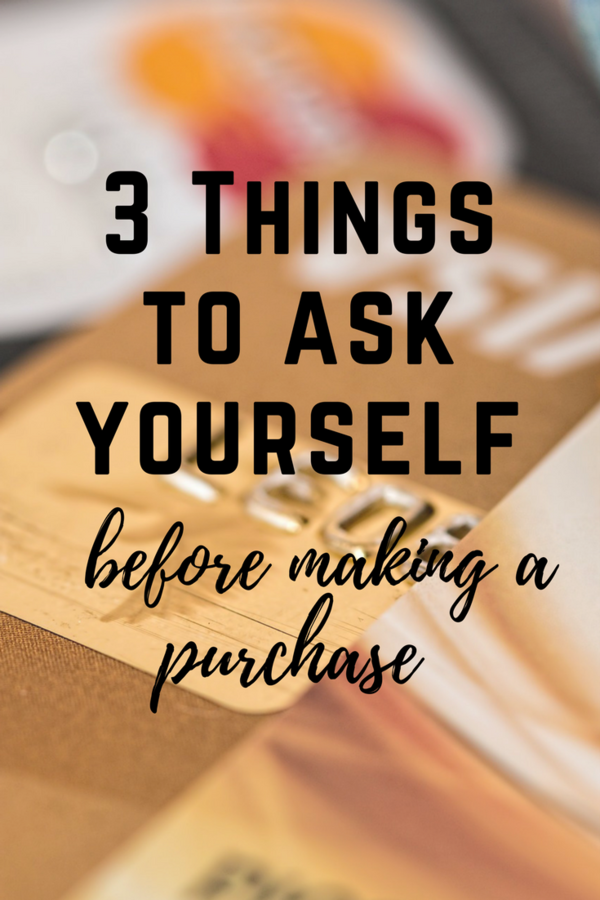
Over the last ten years, I pride myself on being financially responsible ~ we cut out bad habits, we paid off our consumer debt, and we continued to pursue investing in our own retirement and for our children’s college funds.
But what is really difficult to do is to push off the urge to buy something now that we really want, especially when we are trying to stay on a path to a better place.
Surprisingly enough, we are not the only ones that struggle with this urge ~ this survey HERE from CreditCards.com mentions that 75% off Americans smake impulse purchases. And many of them churn out over $1,000 to do so – of which they usually regret later on.
So what is the underlying problem?
When it comes to shopping in general, people may not think about the end – they want things now, and then they follow on their impulse and rarely think about that decision until later. Retailers are aware of this, that’s why they feature end cap displays with enticing items – that’s why they add items at the checkout lanes for you to tempt you, or your children.
So how to do you find the balance to bypass the impulse to buy? First, you need to ask yourself a few questions… to determine if you really really need to buy that item, or… if you could last without it.
#1 – How many Hours of Work will it Take to Pay for This?
When I think in time instead of money it puts things in a different perspective – time is precious… it takes me away from my kids, and my spouse.Before I throw the item in my cart… I take a look at what I would make after taxes and Social Security, and then I determine how long I would need to work to be able to buy that item.
By linking time with money, it allows you to see your value – and how much effort and time is put into earning that income. Think you need a new laptop? Then weigh the cost of that with the hours you would need to work and determine if you can’t just get by with the one you have. The same goes for those $80 jeans, or, expensive car payment when the car you have might just be suitable for another couple of years.
#2 – Calculate the Real Cost
Sure… the new item you feel so strongly the urge to buy might just be a payment of $300 per month… OR, $1,200 (computer)… but it’s not just the money you are spending that is part of the real cost.
Think about the interest you could have earned on that amount over time ~ for that $300 – $400 car payment (when you might just be with a perfectly fine car already) could mean a pretty hefty return if you tuck that away in a retirement fund. OR, look at it from the perspective that you are avoiding interest – perhaps you have student loans to pay down. OR, a car you want to sell off — think about applying that money spend to those items to help you save on interest in the long run.
It’s not that you don’t deserve something “now”… but just remember that by waiting, you could possibly have something bigger and better later on. Part of this means being content with what you have now.
#3 – Will I Regret this Later?
Sometimes, well – in many cases actually, you might just end up buying things you don’t necessarily need. Take for example… going to Target after the holidays. Is it needed? Probably not… but you go, and you end up buying lots of items your body may not necessarily need – ie. holiday candy, treats and food… many of which may not have been on your list.
You stop by the clearance aisles at the grocery store and end up buying things you might not need, but you justify due to the price.
It’s difficult to resist the urge – after all, it’s a deal, why not just get it? But those little purchases add up quicker than you realize and before you know it, you might regret all that candy in your house — especially when your kids are high off sugar and can’t calm down.
So what’s the solution? Procrastinate – procrastination can save you some serious cash. Try to walk away, and you will avoid the emotional process of feeling like you need to make the purchase.
Do you have a waiting period before making a major purchase?
Or do you tend to be an impulse buyer?



